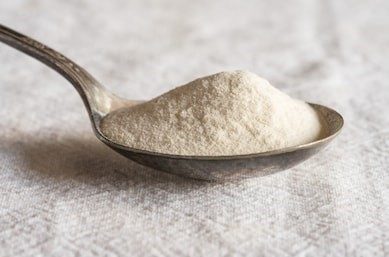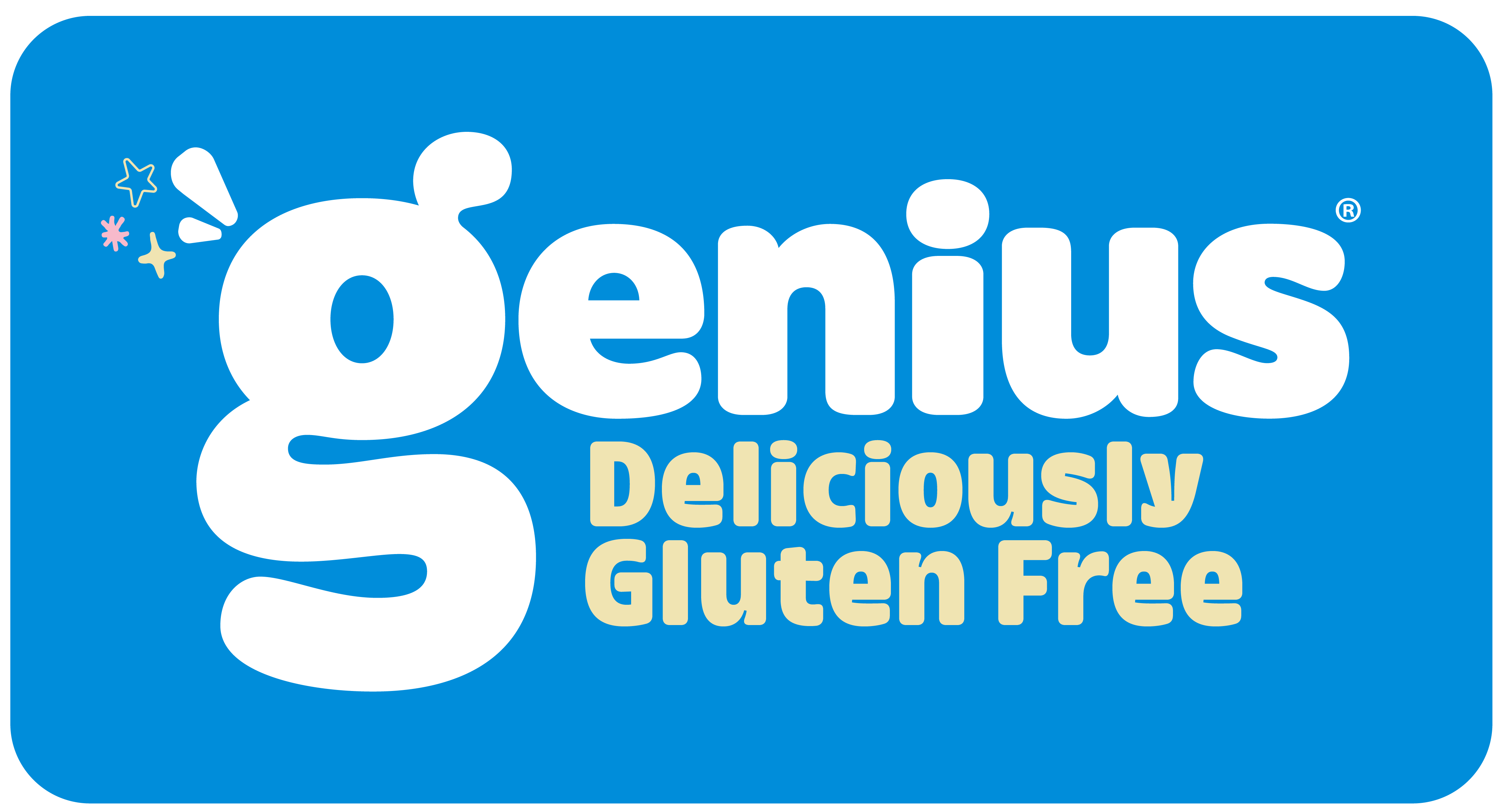SUBSTITUTES FOR GLUTEN IN BAKING
There are many gluten free flour blends and individual gluten free flours available in the main retailers and health food shops. These substitute wheat flour in baking and cooking. Blended gluten free flour mixes provide a simple solution to making cakes, biscuits and pastry but it is possible and arguably better to blend ingredients, according to what you’re making. This makes the bake or meal as close to the mainstream option as possible.
Rice Flour
Rice flour is ‘just what is says on the tin’, or bag… white or brown rice grain finely ground to a, soft, neutrally tasting, creamy coloured flour. It’s great to use in gluten free baking but is best blended with other gluten free flours. On its own it can be slightly sandy in texture and no one wants a gritty cake!

Corn Flour/Starch
Corn flour (or starch as they say in the US) is made from removing and purifying the starch from the centre of sweetcorn kernels. Who would have thought you could get such a bright white and silky flour from these little golden nuggets. This versatile corn flour has a neutral flavour that lightens the texture of gluten free biscuits, cakes and pastry.
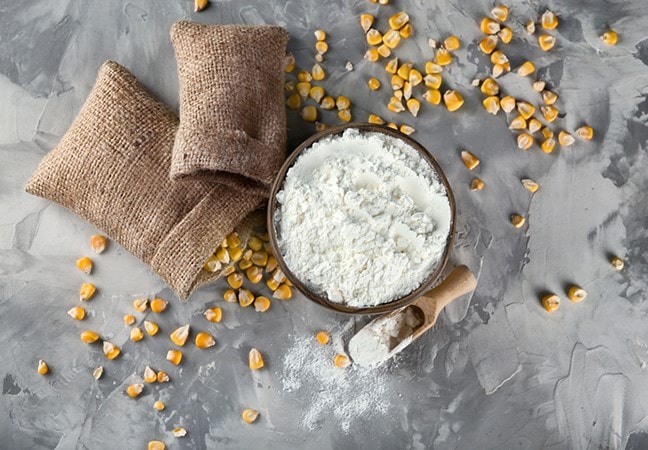
Maize Flour
Maize flour is created by grinding dried corn kernels to a fine, medium or coarse textured powder. This gluten free flour varies in colour from a lovely cream to intense yellow. It is most commonly used in North, Central and South America to make tasty tortillas, delicious corn bread and mouth-watering muffins. Just a little of it adds a sunny yellow colour and a coarser crumb to cakes and a crisp, wholesome texture to shortcrust pastry and biscuits.
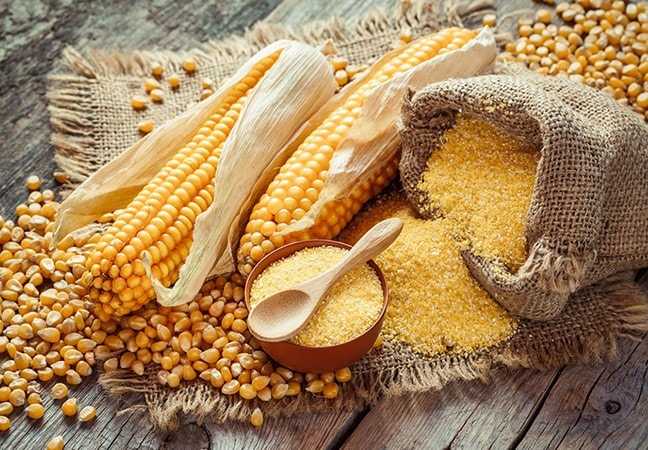
Polenta
Polenta is an Italian version of ground maize, known as corn meal. Much like maize flour, you can use this to add colour and a coarse texture to your brilliant baking, just like Mama used to make.
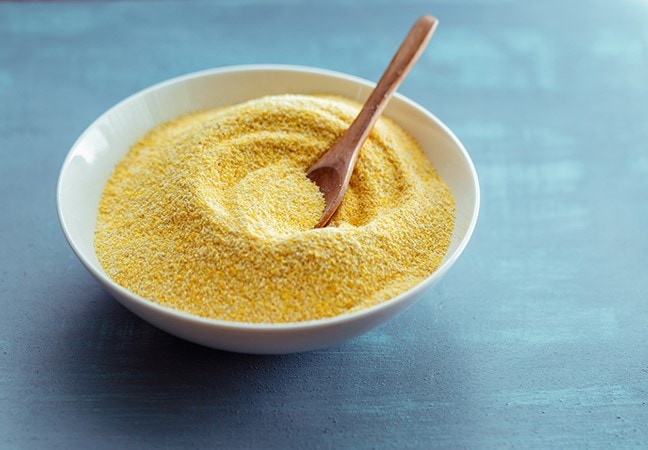
Potato Flour
Did you know that the humble spud can be turned into glorious gluten free flour? No, well now you do… This flour is made by digging up the potato and digging out the starch. The starch is then purified to create a bright white flour that adds a gooey softness to gluten free chocolate brownies and a fluffiness to gluten free scones, what’s not to like about that!
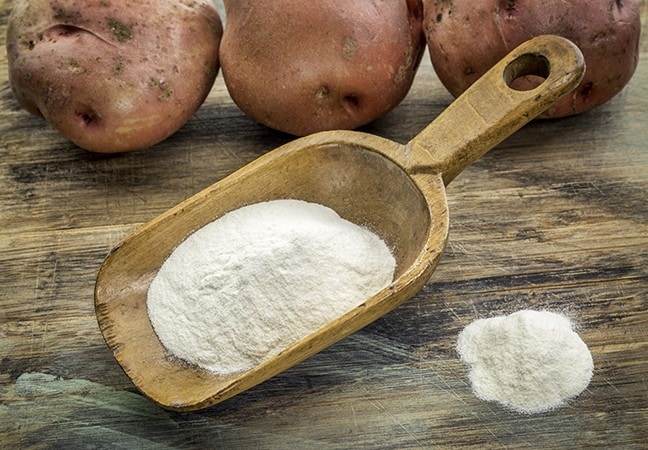
Ground Nuts
Believe it or nut (see what we did there) used as part of a blend of flours, ground almonds, cashews, walnuts, pistachios and hazelnuts add moisture, rich flavour, texture and nutrition to gluten free baking. Ground almonds and cashews are the most delicate in flavour and colour which makes them the most flexible and commonly used. Ground walnuts, pistachios and hazelnuts have a delicious taste and are best used where their colour and fantastic flavour is an important part of the recipe, for example coffee & walnut cake. Yum. Grinding nuts with their skins on will create a fibrous flour, great for keeping your gut happy.
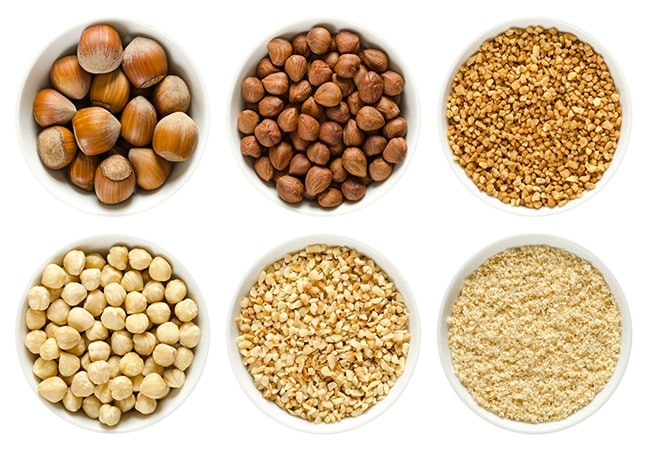
Buckwheat Flour
Let’s not be put off by the name… there is absolutely zero wheat involved or welcome here! This flour is made by milling hard buckwheat seeds into a fine soft, greyish brown coloured flour. It has a unique slightly bitter, wholesome nutty flavour and is delicious in wholemeal pastry, biscuits and muffins. This flour even forms the base of Breton crepes and Russian Blini recipes. With a strong flavour it can be a bit much for the likes of a classic sponge but it mixes really well with water and creates a robust dough, perfect for great gluten free baking.
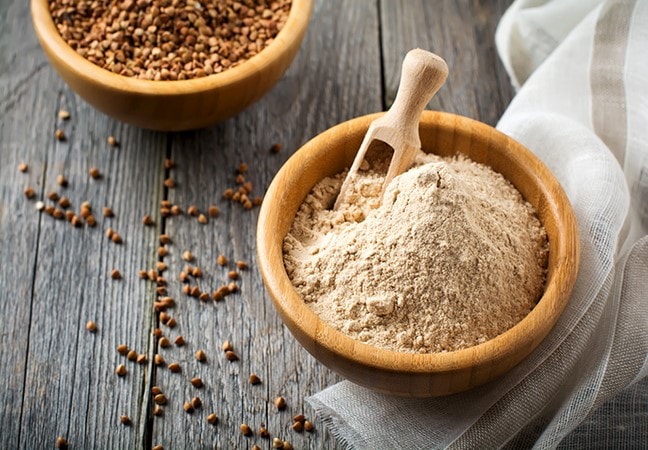
Oats
Gluten free rolled oats are becoming more and more popular and are available to buy in supermarkets and health food shops. They are enormously helpful for adding wholesome texture to gluten free crumble toppings and biscuits, and of course make excellent high fibre granola bars and flapjacks.
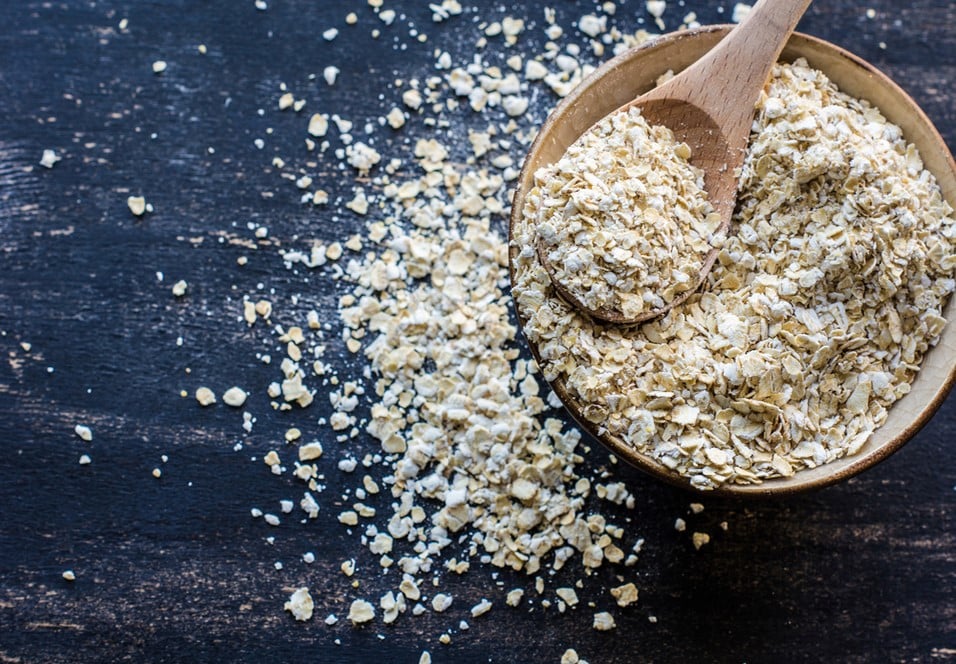
Tapioca Flour
Tapioca flour is a very fine, bright white starch powder. It is taken from the root of the tropical cassava plant. This plant is a terrific source of vitamins and minerals, and can help to boost your gut health. Winner! When mixed with water or other liquids it becomes slightly gluey, perfect for bringing gluten free mixtures together.

Coconut Flour
This fibre filled flour is a fresh white colour with a creamy coconut kick. If coconut is not the main flavour you are going for, then it is best blended with rice flour and corn starch for biscuits, pastry and cakes, and with oats in granola and cereal bars. It really is delicious so be brave and give it a go!
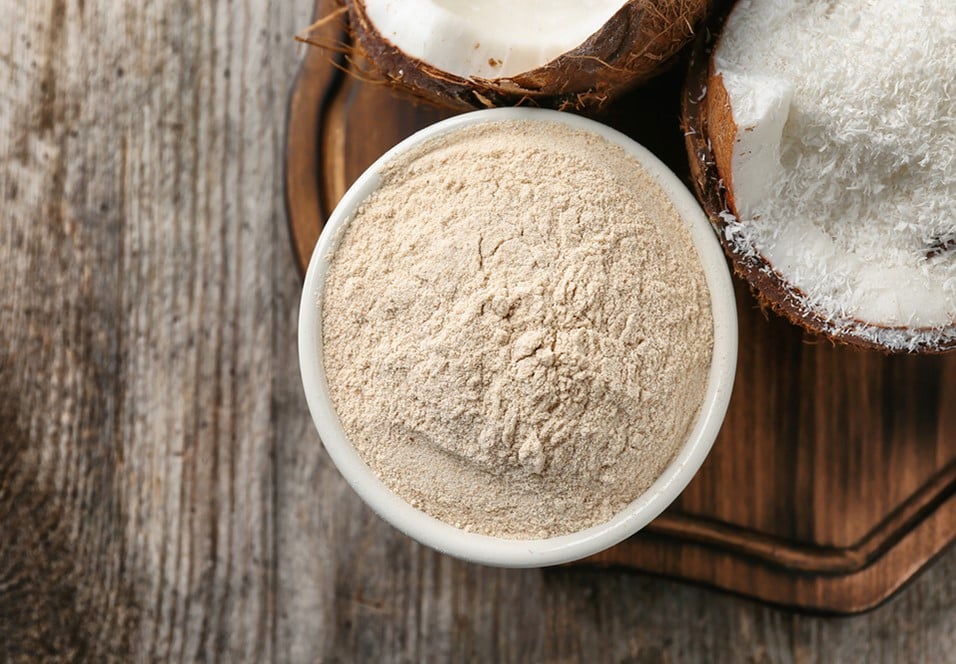
Xanthan Gum
Xanthan gum is a very common thickener made from fermented sugars, used in lots of foods. It is a polysaccharide (fancy scientific word) with very strong binding powers. The word ‘gum’ is a giveaway but even mixed in tiny amounts, it will allow you to roll out pastry and biscuit dough easily. Take care not to become xanthan-gum-happy however as too much can result in gummy, dense and tough food. Thanks, but NO!
